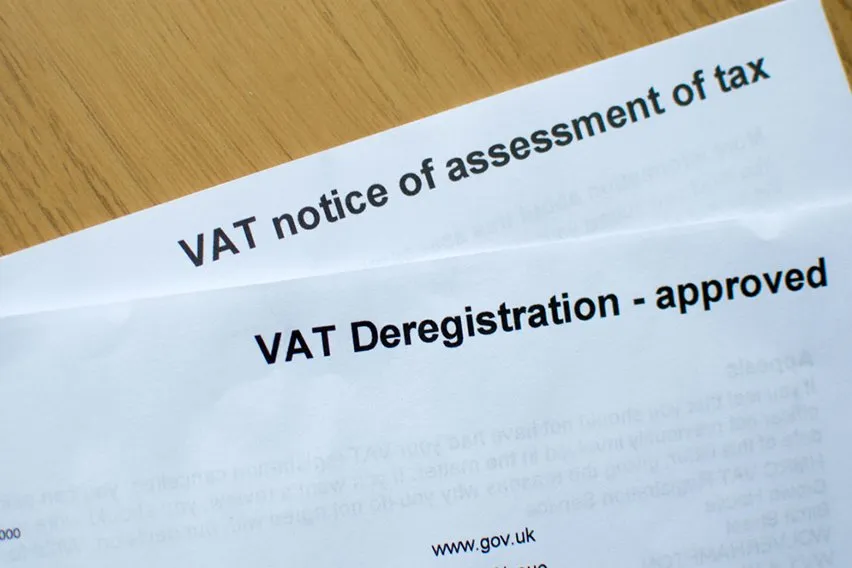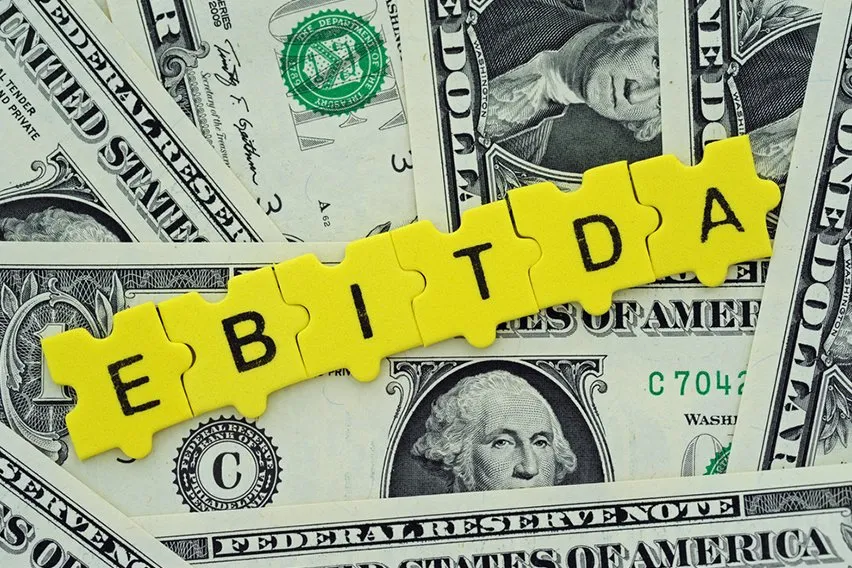How Does Flexible Furlough Work: All You Need to Know

When the Coronavirus pandemic hit UK shores in 2020, there were huge ramifications for the job market. Hundreds of thousands of UK workers either lost their jobs or were put on temporary leave with no end date in sight. This left hundreds of thousands of people worrying about where their next paycheck was going to come from.
To try and counter these effects, the Government introduced the furlough scheme.
This was a way to compensate workers a part of their normal wage whilst they couldn’t leave their houses. It also allowed businesses to keep their employees without footing the cost of their salary.
By June 2021, the Coronavirus Job Retention Scheme, or CJRS, supported and furloughed more than 11 million employee jobs in the UK. This came at the cost of over £65.9 billion.
But as we have gotten further from the original furlough announcement, there has been a change in the way that the scheme works.
One of these changes has been the introduction of employers being able to offer their employees flexible furlough. But what exactly is the flexible furlough scheme and how does it differ from the original furlough arrangement?
Let’s take a closer look at how flexible furlough works.
Here’s What We’ll Cover:
What Is the Current State of Furlough Payments?
What Is Furlough?
For us to understand how flexible furlough works we must first fully understand what furlough is.
Furlough was a scheme brought into place by the Chancellor in 2020. It allowed employers to keep the staff who have had to stop work because of the Covid-19 pandemic.

A furloughed worker is anyone that has to take a compulsory leave of absence. This leave of absence was necessary for one of two reasons:
- An employer not being able to financially cover staff costs due to financial hardship caused by the Covid-19 pandemic.
- An employer not having a suitable workload to allocate to an employee during the Coronavirus pandemic.
Furlough works by employers claiming a recurring furlough grant from the government. This grant would cover 80% of a businesses employee’s wages. However, there is an upper limit of £2,500 a month so any employees who regularly earn higher than that would not receive a higher rate. The employer could then choose to top up the remaining 20%.
These extra employer contributions are not legally necessary. However, the employer would legally have to cover their employees’ national insurance contributions. They would also have to cover pension contributions.
Essentially, furlough was used as a way to offer businesses breathing space when it came to handling their finances. It also allowed workers in the UK to continue to receive an income.
Another added benefit was that it allowed for a far easier transition back to work once workers the pandemic was over. This meant people could return to their usual working hours without having to be rehired by their employer.
Under rules set by the Government, employees on furlough were not allowed to undertake any work from their employers. They can pick up a separate job if they have permission from their employers. Or if it was allowable under their employment contract.
How Does Furlough Work?
Any business that has been affected by the coronavirus pandemic is eligible to receive the grant from the government.
Although the money from the grant goes to the employee, it’s actually the employer who handles applying for furlough pay. Once they have been given the money, the employer can then pay their employees via their traditional payroll methods.
Furloughed workers would receive 80% of their wages up to a maximum of £2,500 per calendar month. The employer would only have to cover their national insurance and pension contributions.
So for example, if you were originally earning £2,000 a month then under the furlough scheme you would now earn a wage subsidy of £1,600 on a month to month basis. Your employer could choose to top up your wages by paying your remaining £400.
Almost any worker that is employed by a company can be furloughed. This includes any full-time or part-time workers. It also includes hourly employees or flexible workers such as zero-hour contracts or agency workers.
If an employee had lost their job just before the pandemic hit, an employer can rehire unemployed workers and put them on furlough.
What Is Flexible Furlough?
Now that we’ve got a grasp on the original furlough scheme, we can take a look at the introduction of flexible furlough.
A worker with a full-time furlough status may not undertake any work for the employer. This is during the period of time that they’ve been listed as furloughed.
However, an employee on flexible furlough may conduct part-time work with their original employer. During this time the employer must pay their full wage without any contribution from the government.
This essentially allows employees to work their usual daily hours or weekly hours for a portion of the week and be furloughed for the rest. The schedule of this part-time basis agreement can be decided between the employee and the employer.
This would mean that on the days they work their actual hours they would be paid in full by their employer. But on the days that they didn’t work, they would be paid a portion of their wage by the government.
So for example, an employee on flexible furlough could come to work for two days a week. During those two days they would be paid their regular wages by their employer. But for the other three working days, they would still be considered furloughed. That means that they would receive 80% of their wages from the Government as they are not undertaking work for their employer.
A flexible furlough claim would work in exactly the same way as a regular furlough claim and would be handled by the employer.

What Is the Current State of Furlough Payments?
The furlough scheme was originally intended to end in May 2020, but it has since been extended a number of times.
The current deadline for furlough to end is now the 30th of September, 2021. Both Chancellor Rishi Sunak and Prime Minister Boris Johnson have said that the scheme will not be extended any further.
At the time of writing the government no longer pays 80% of a furloughed employee’s wages.
From the 1st July 2021, the government only paid 70% of the furloughed employees wages with a maximum wage of £2,187.50 a month. The employer now has to make up the remaining 10%, but can still choose to top up the remaining 20%.
In August and September, staff on furlough will receive 60% of their wages up to £1,875 a month, while the employer will make up the 20%.
Key Takeaways
The Coronavirus Job Retention Scheme was an effective form of Government relief. It helped to keep the job market and the economy afloat throughout the Covid-19 pandemic.
It went some way to help alleviate a portion of the financial strain that the crisis put upon the job market and employees across the country.
The introduction of the flexible furlough agreement was also a great help. It enabled people to move back to their usual working hours and their usual wages at a rate they felt comfortable with.
With the claim period for furlough nearing an end and no furlough extension insight, this government funding scheme will soon finish. That means any workers on furlough still will have to make plans.
Are you looking for more business advice on everything from starting a new business to new business practices?
Then check out the FreshBooks Resource Hub.
RELATED ARTICLES

 What Is Capital Allowance & How Does It Work?
What Is Capital Allowance & How Does It Work? UK Small Business Tax Guide: What Taxes to Pay
UK Small Business Tax Guide: What Taxes to Pay How Much Limited Company Tax Do I Need to Pay?
How Much Limited Company Tax Do I Need to Pay? What Is Flexible Furlough and How Does It Work?
What Is Flexible Furlough and How Does It Work? VAT Deregistration: Tips & Guide
VAT Deregistration: Tips & Guide Earnings Before Tax (EBT): Definition & Guide
Earnings Before Tax (EBT): Definition & Guide